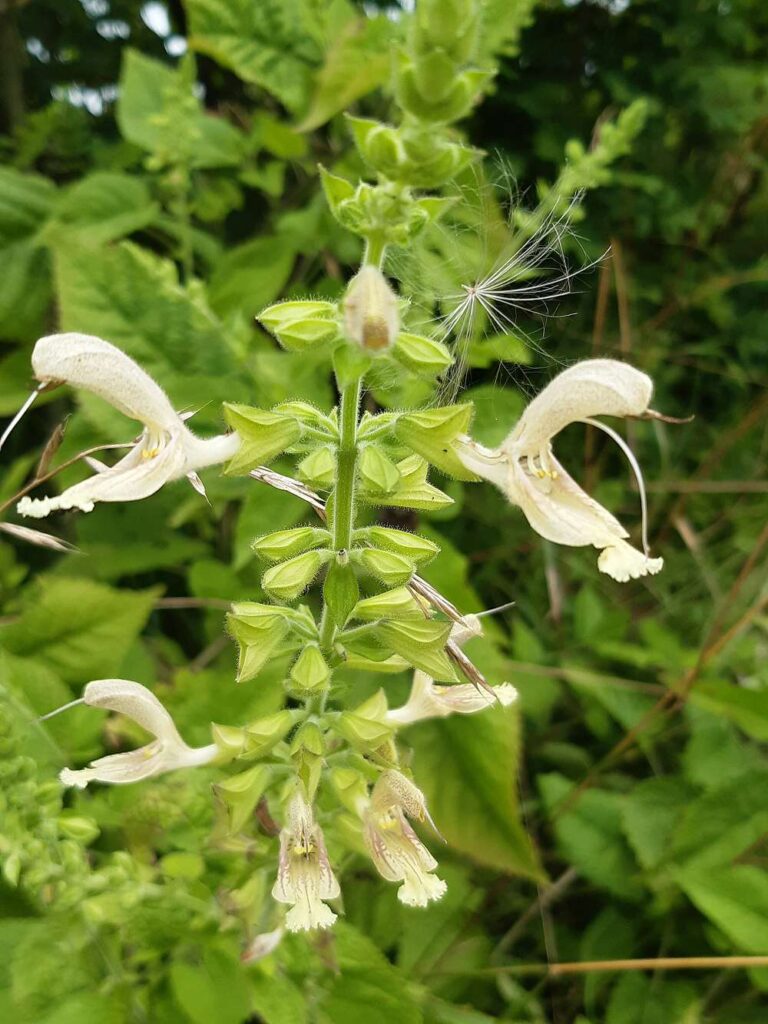
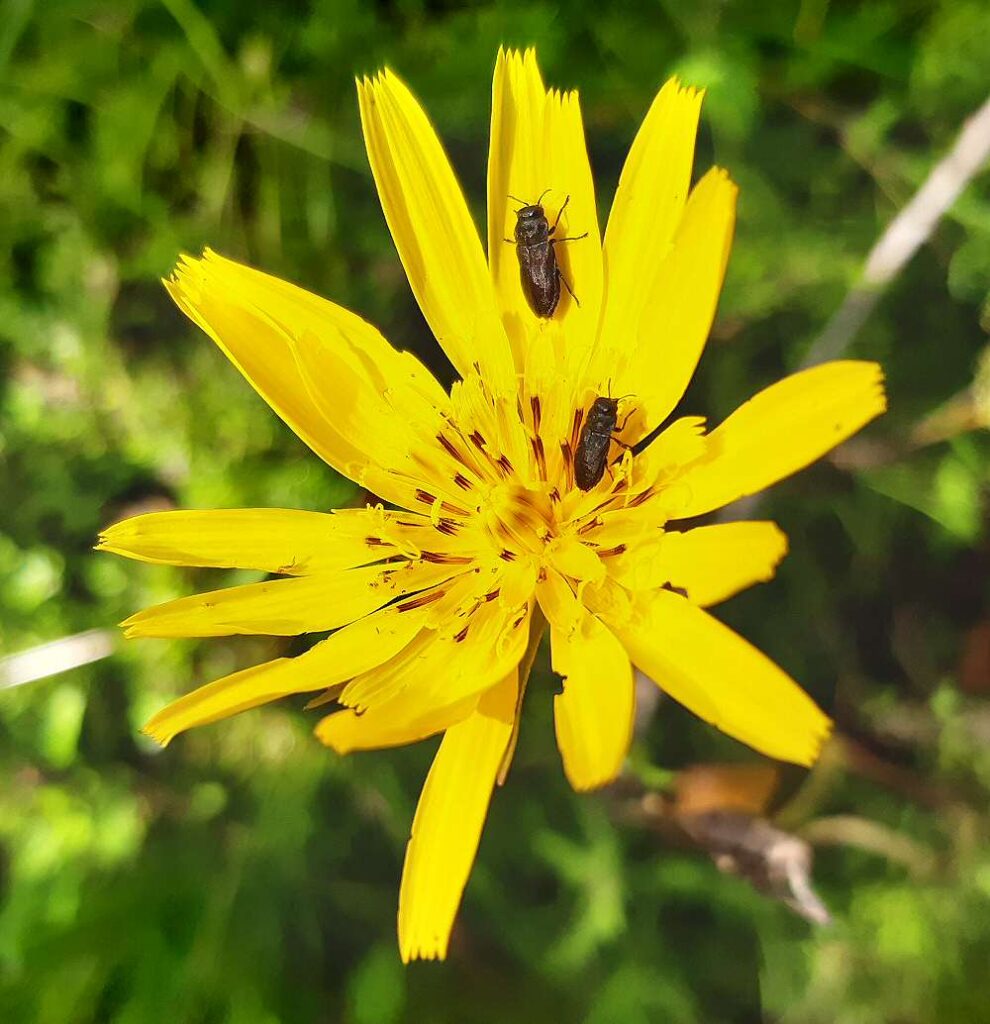
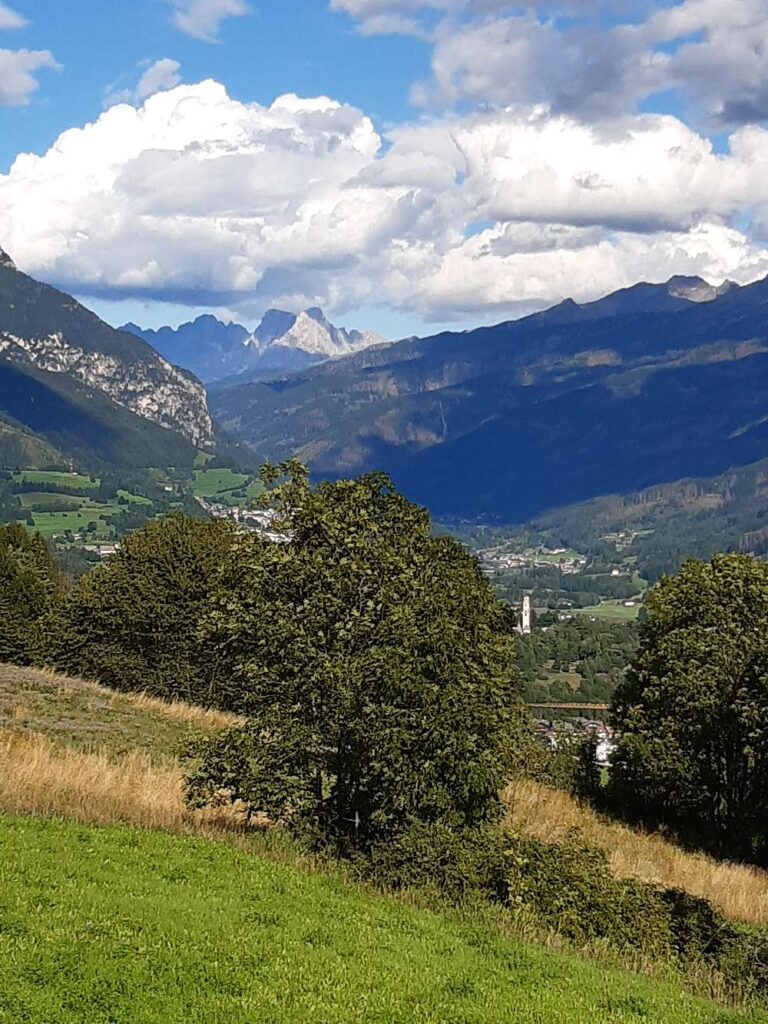
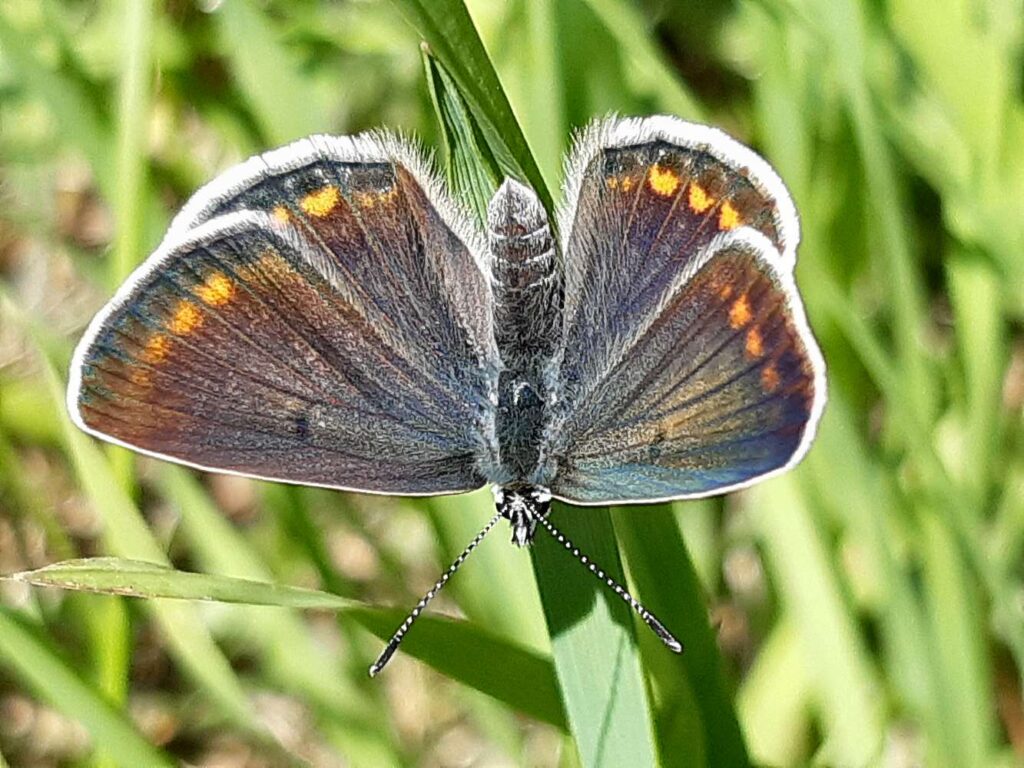
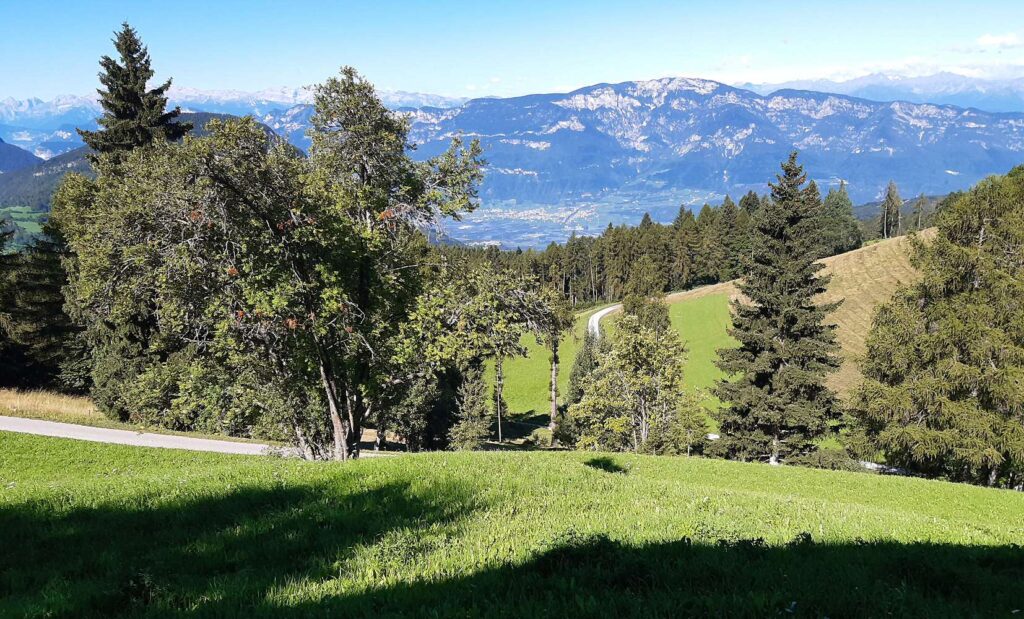
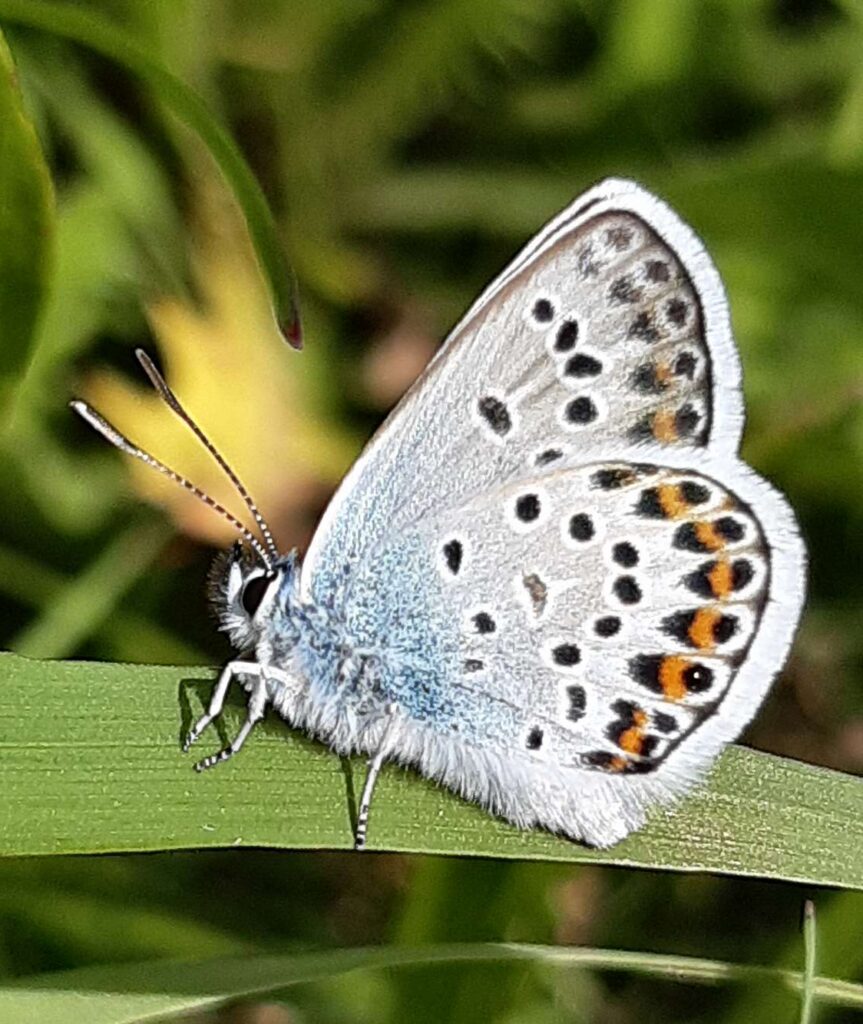
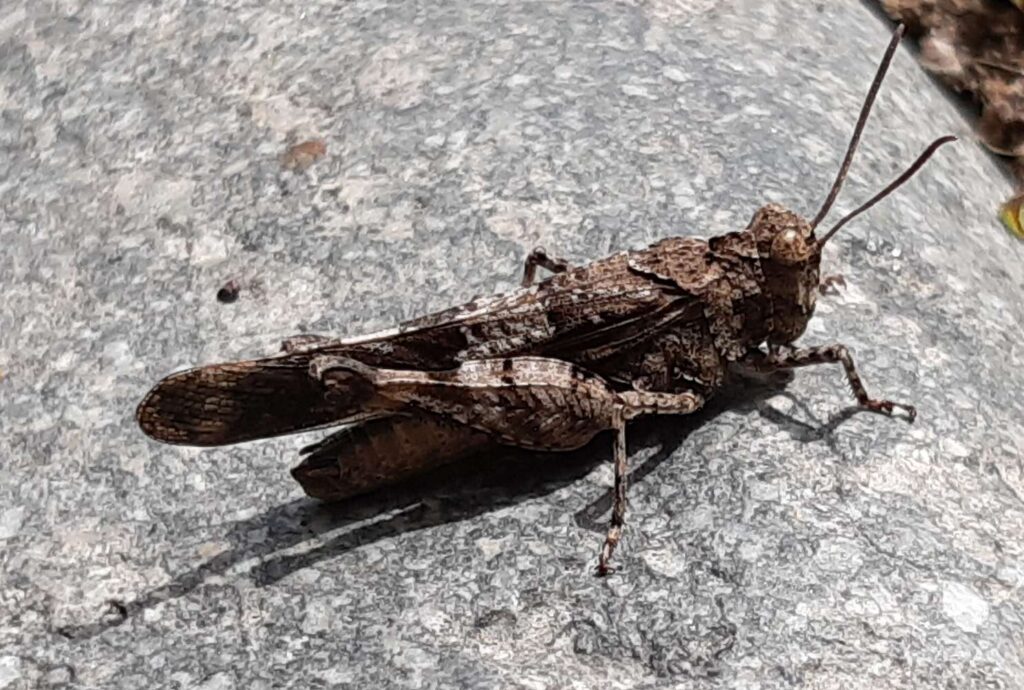
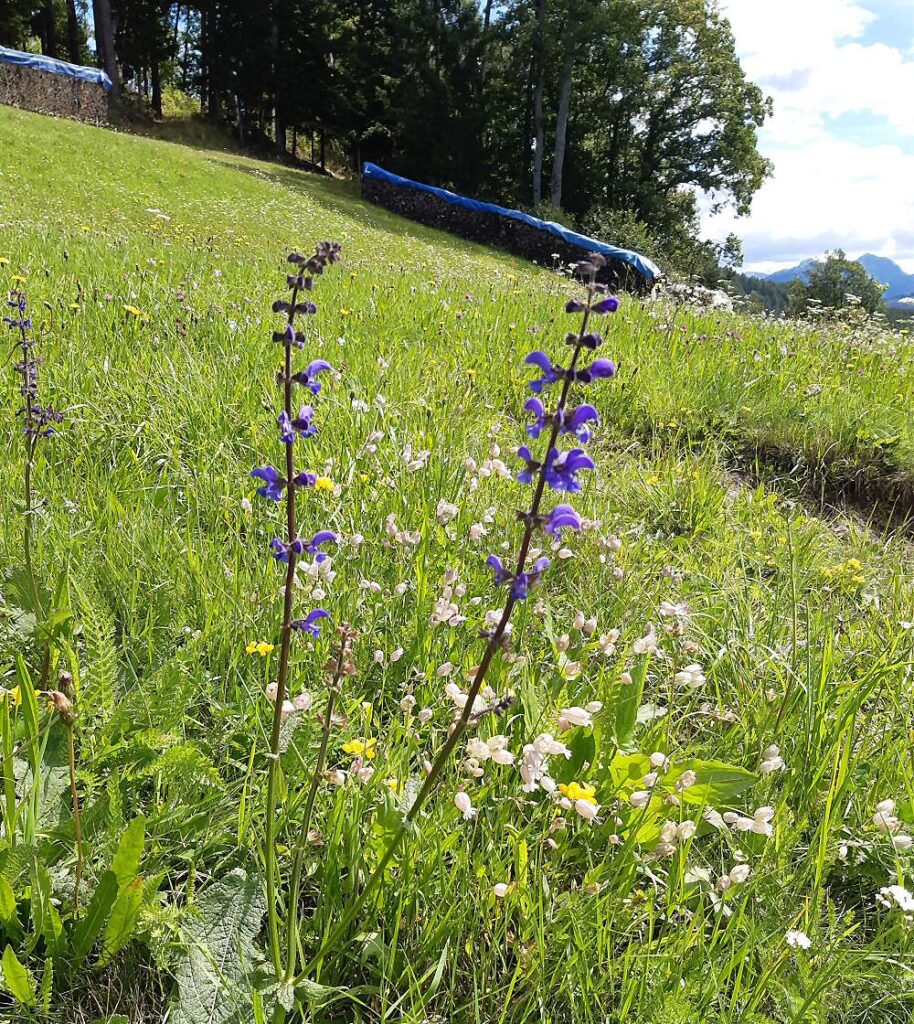
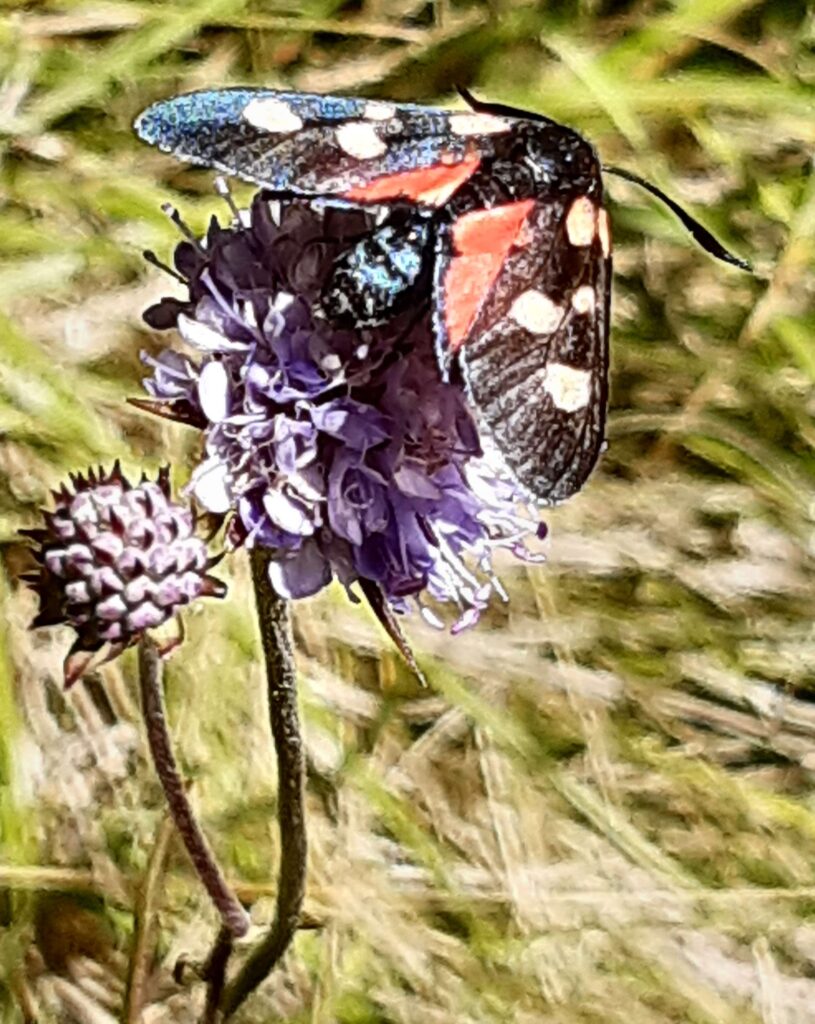
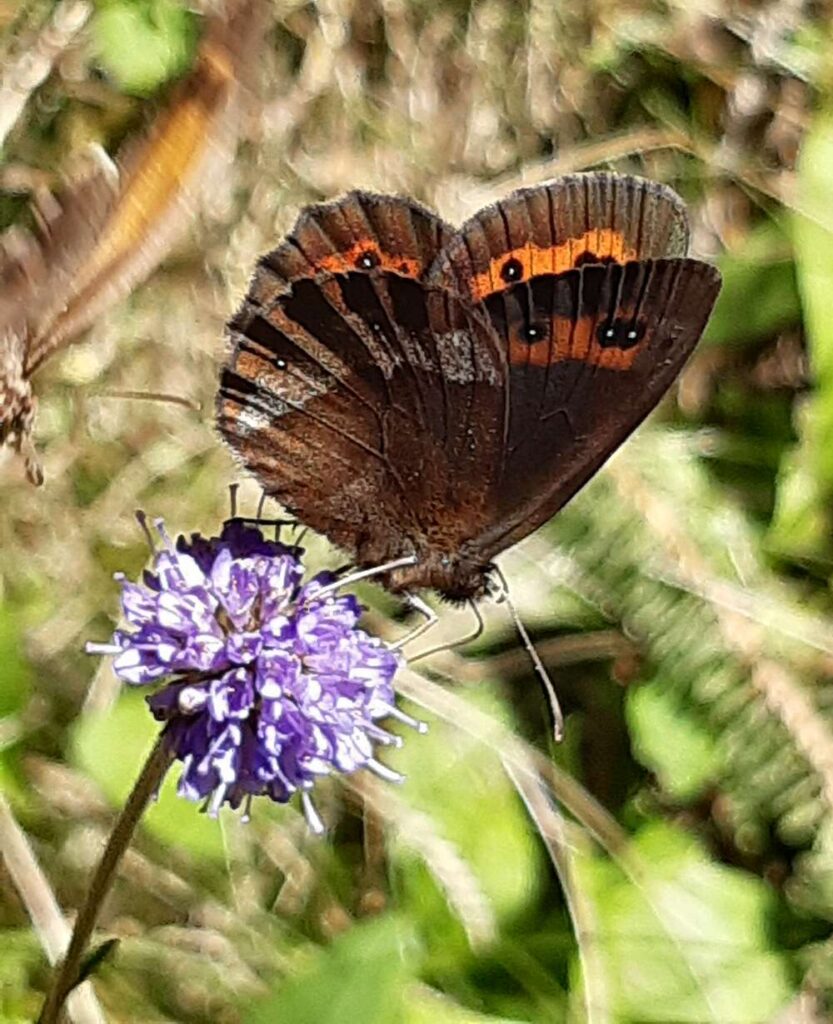
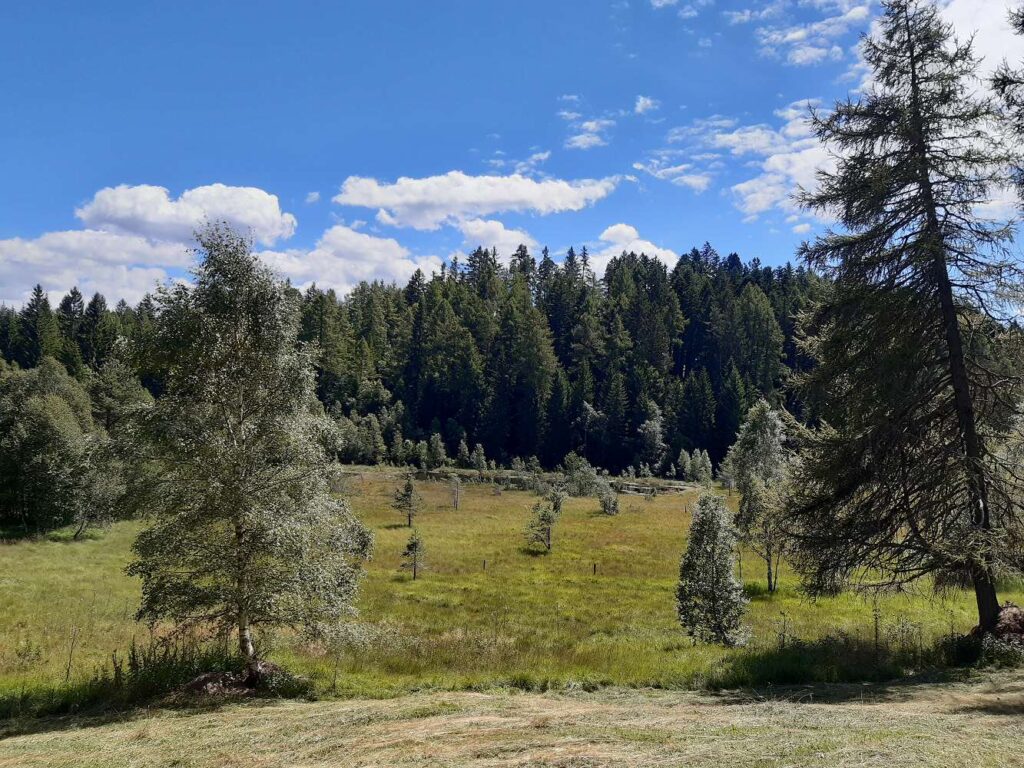
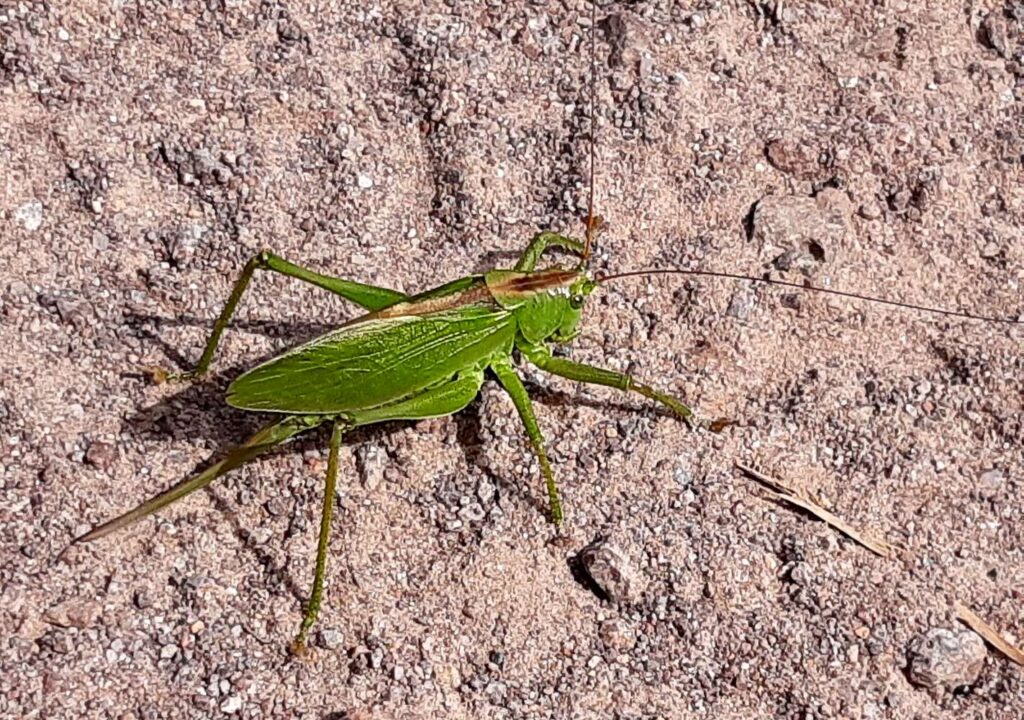
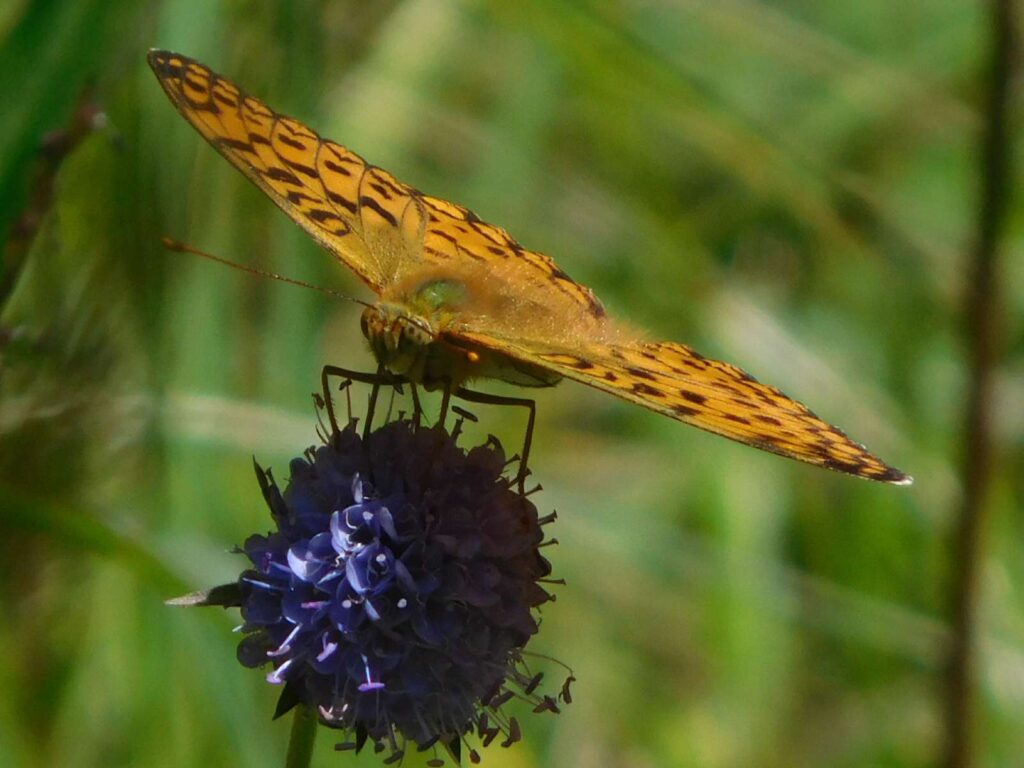
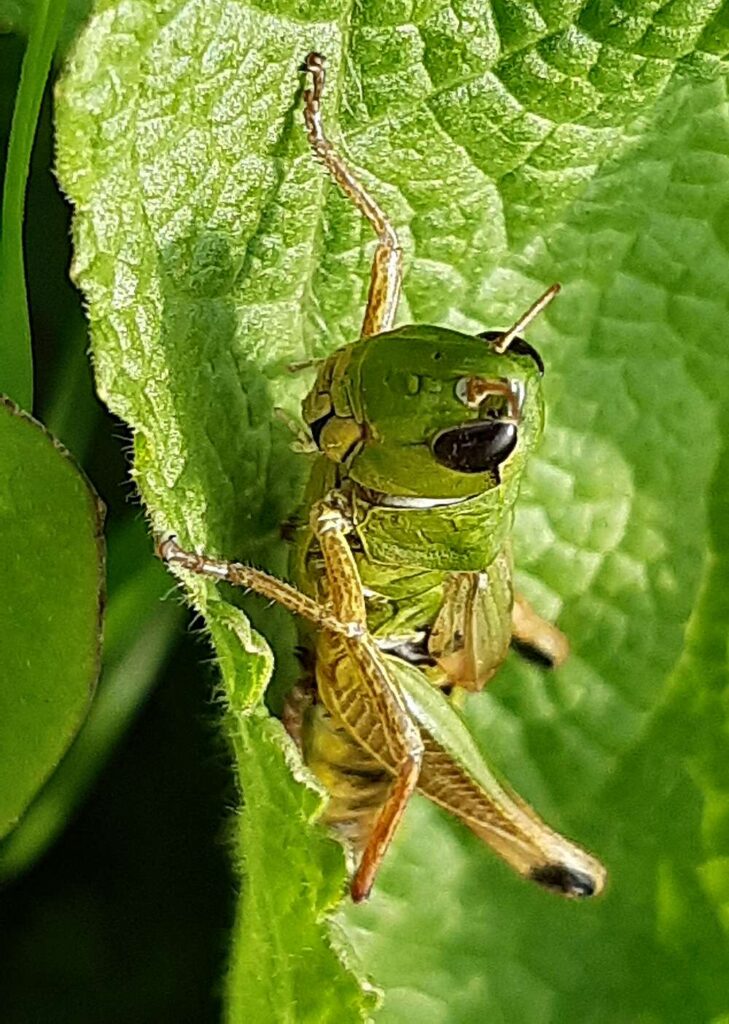
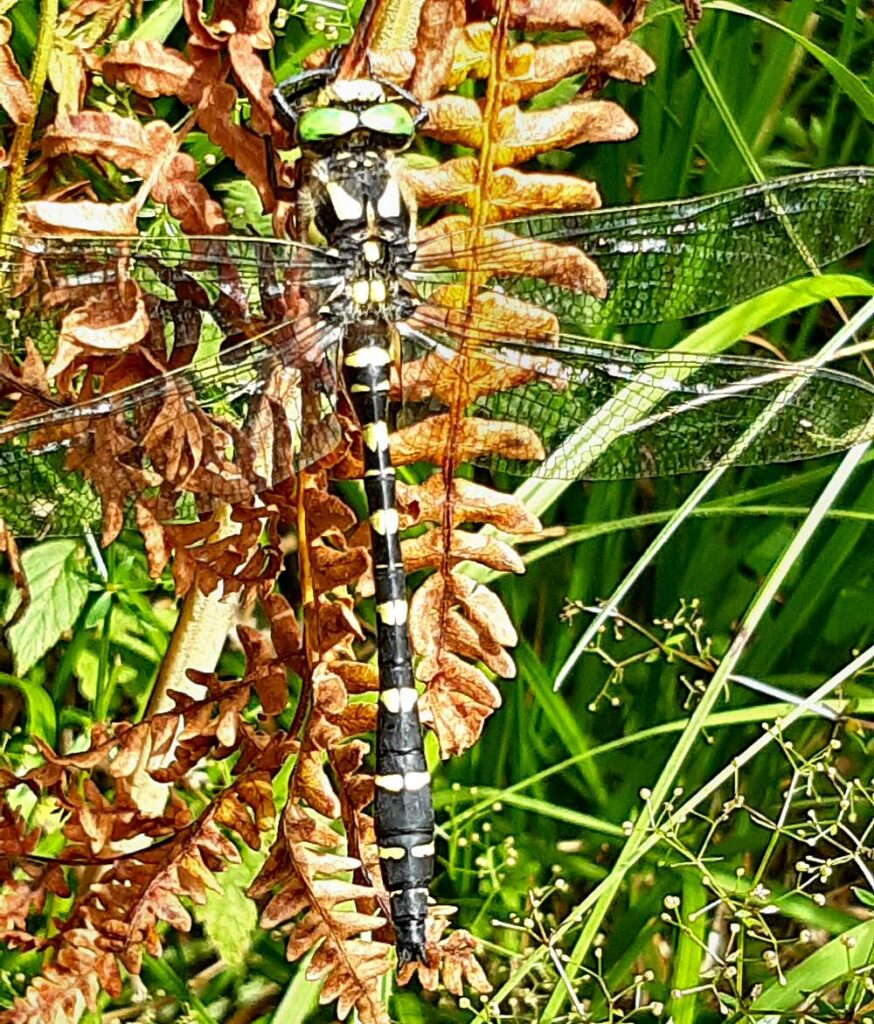
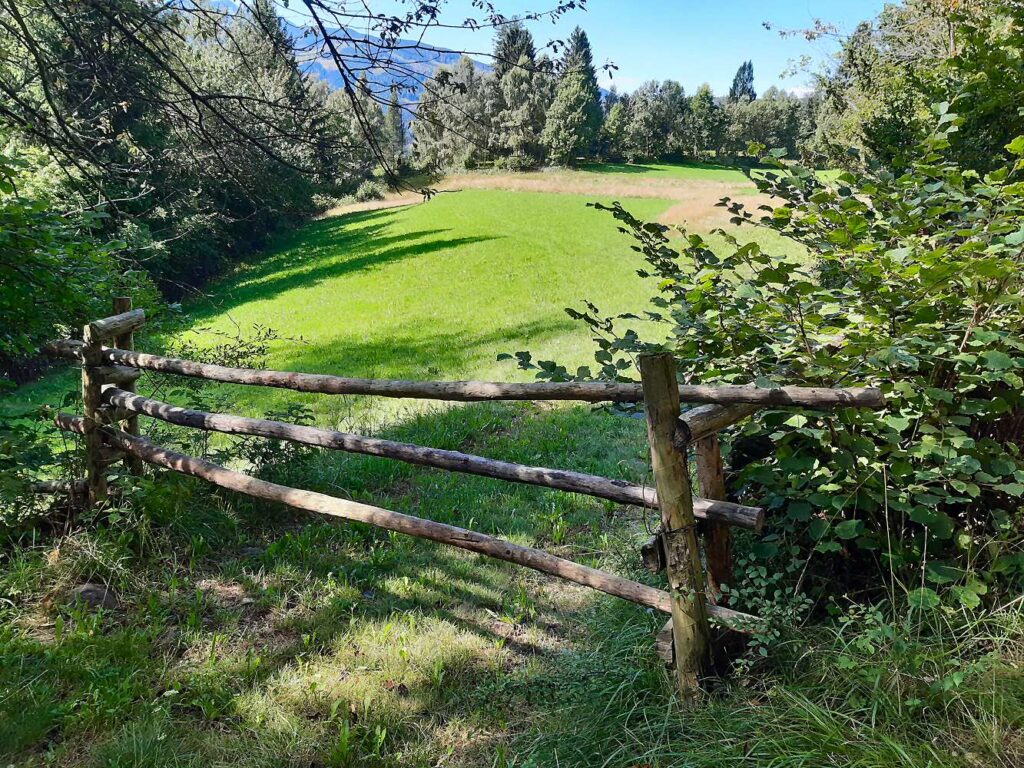
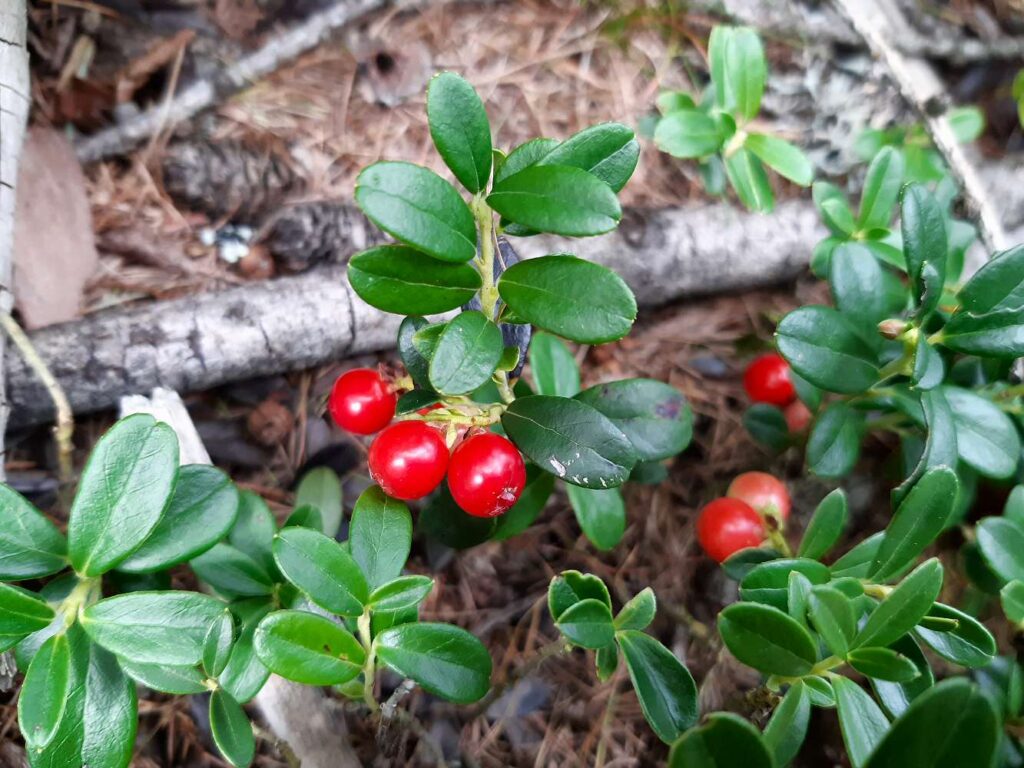
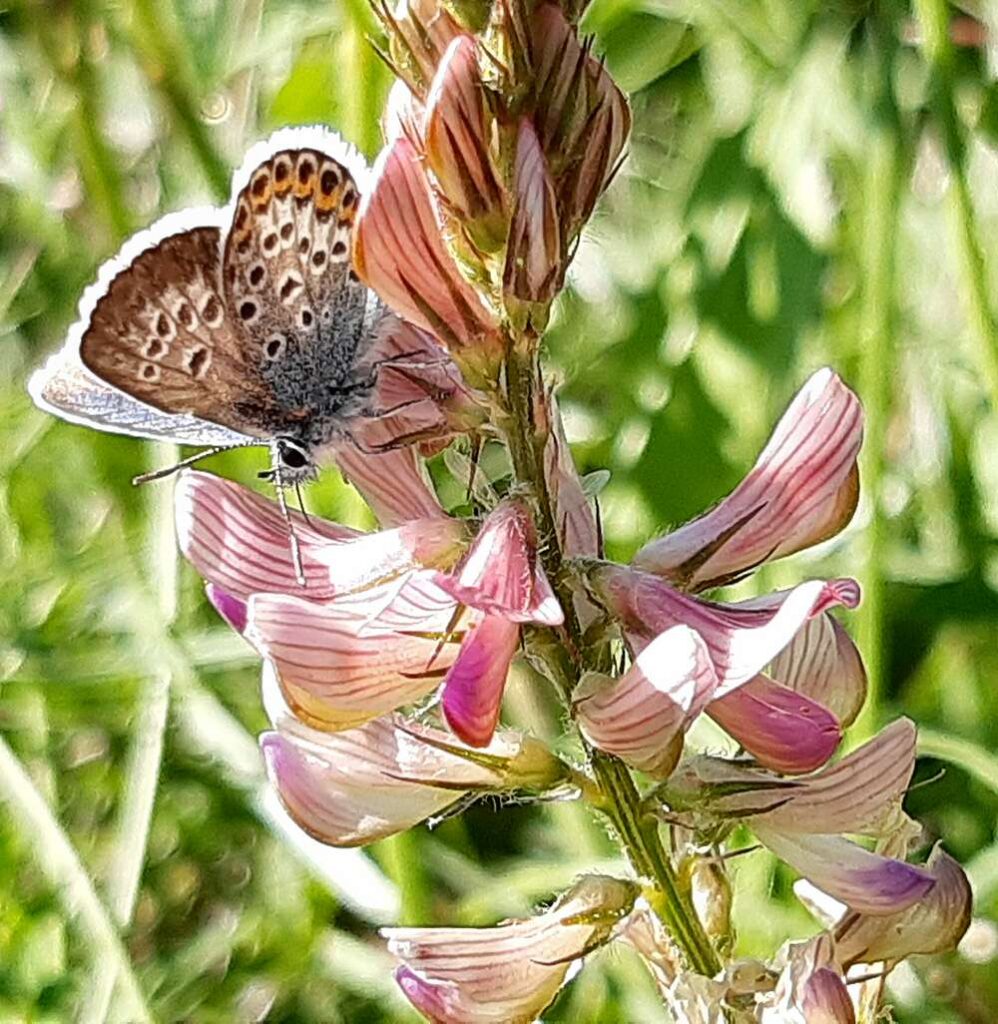
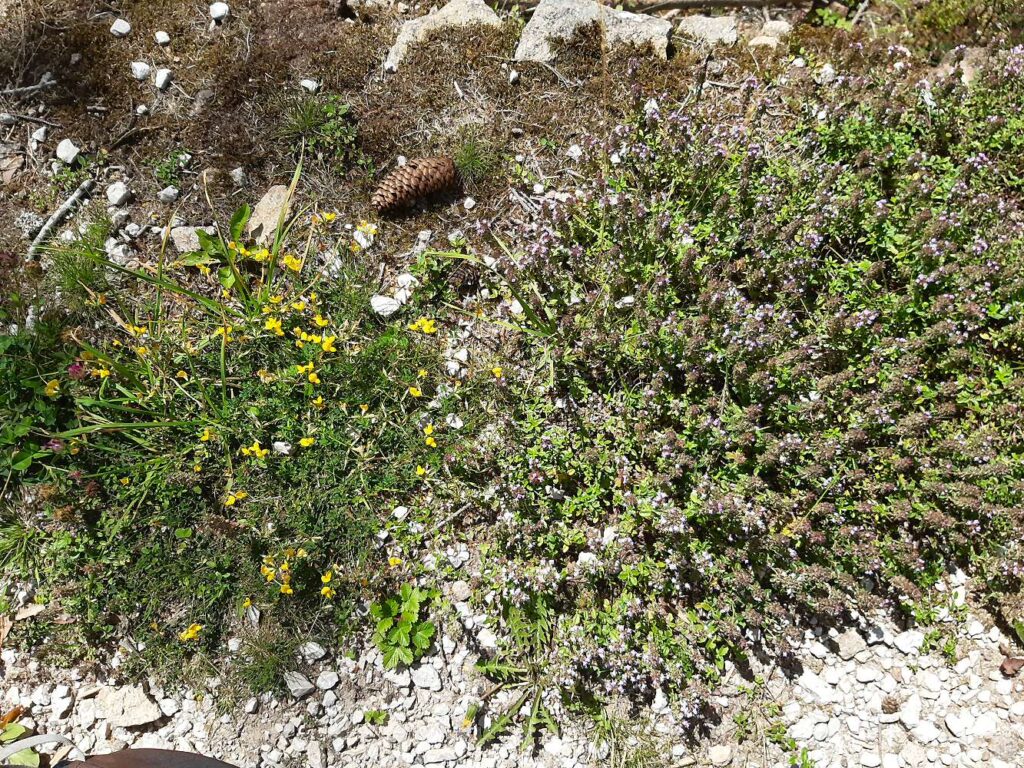
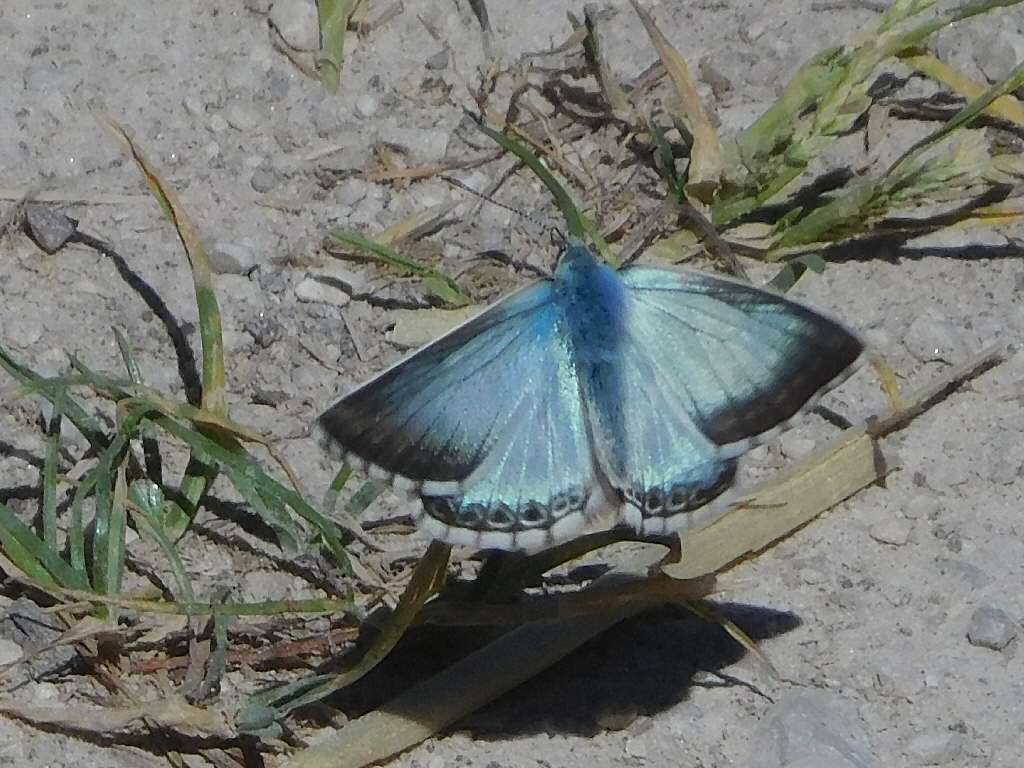
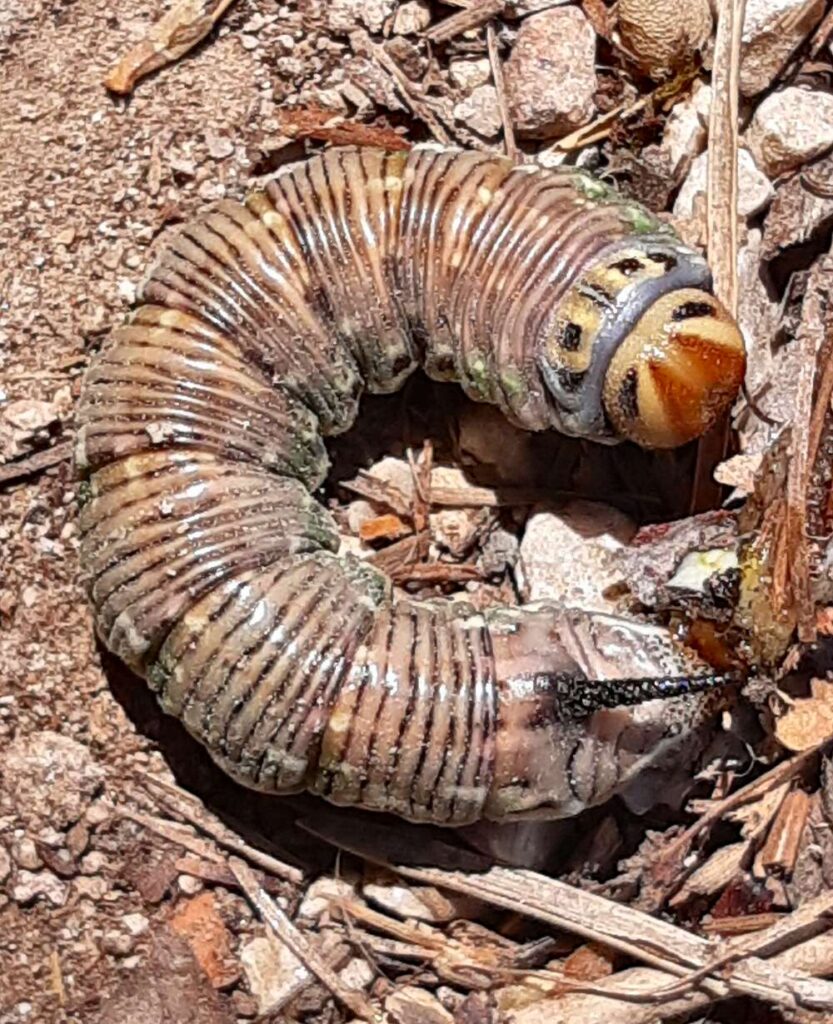
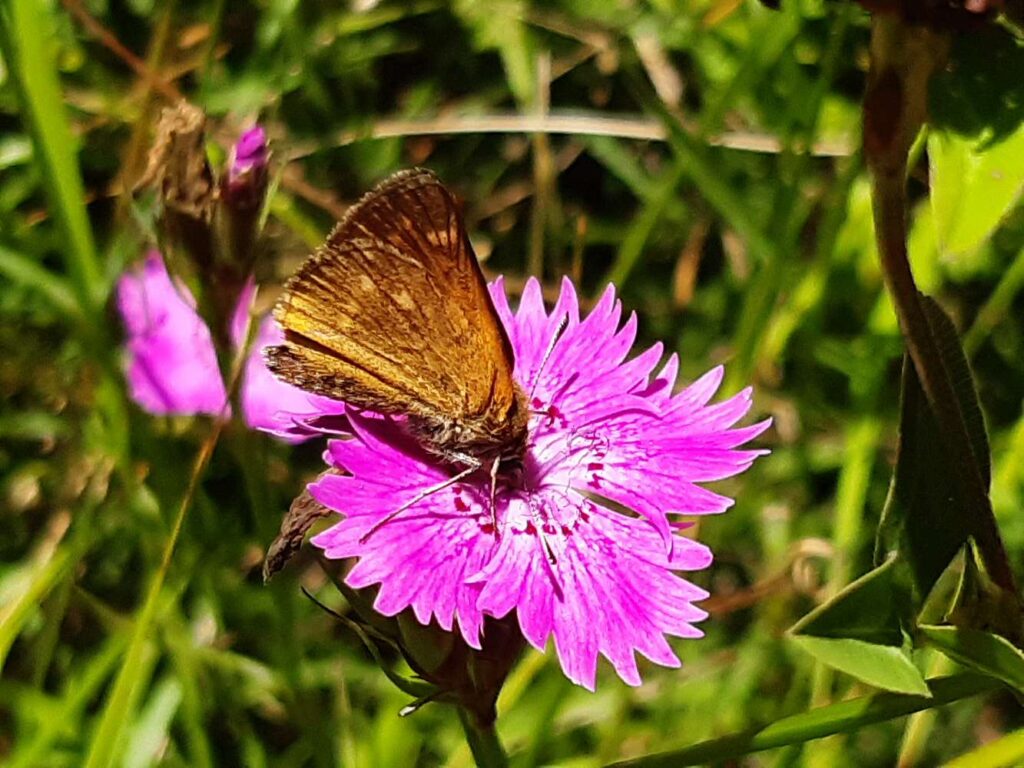
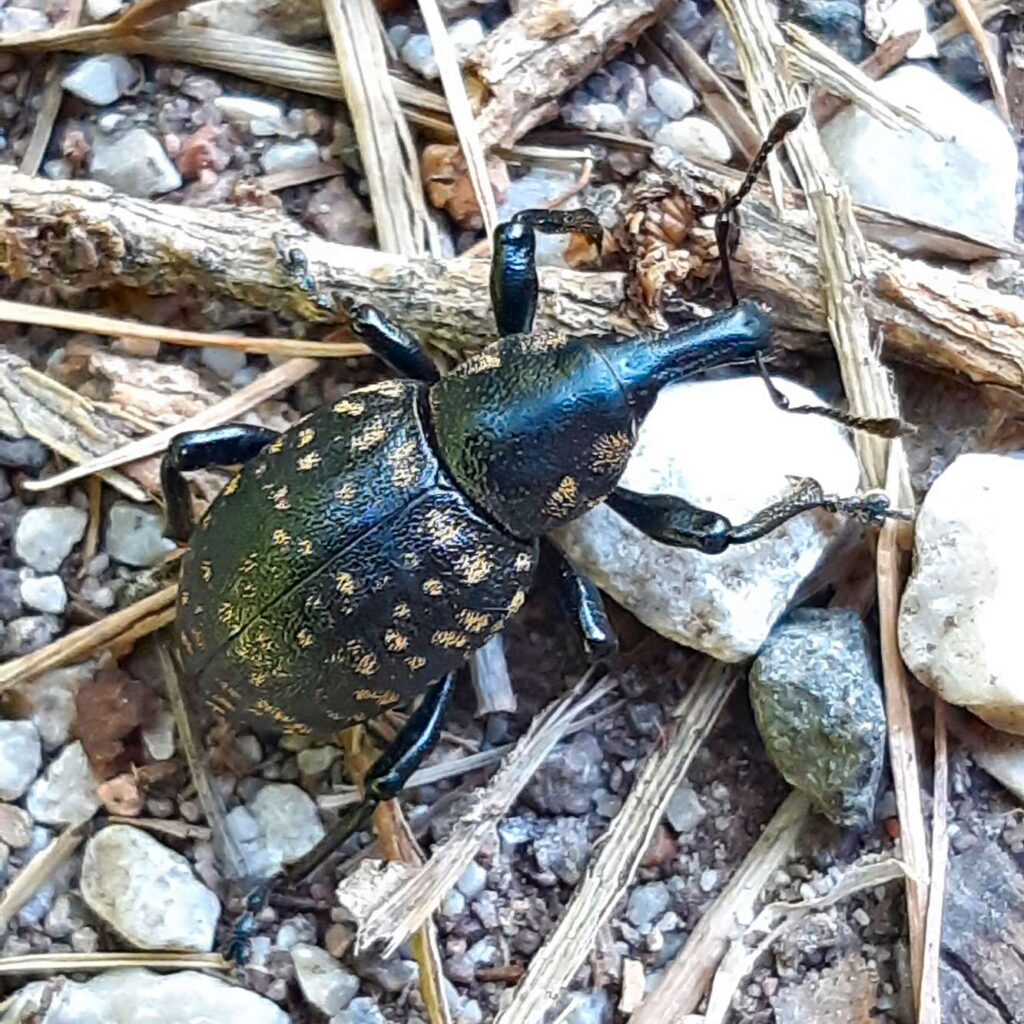
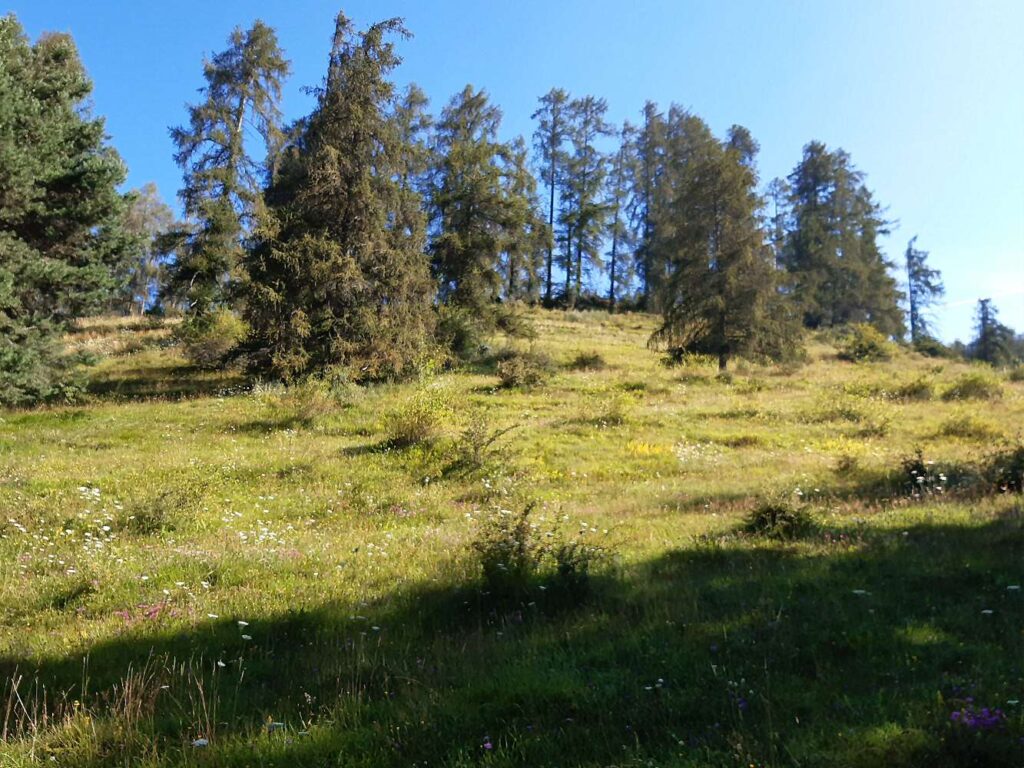
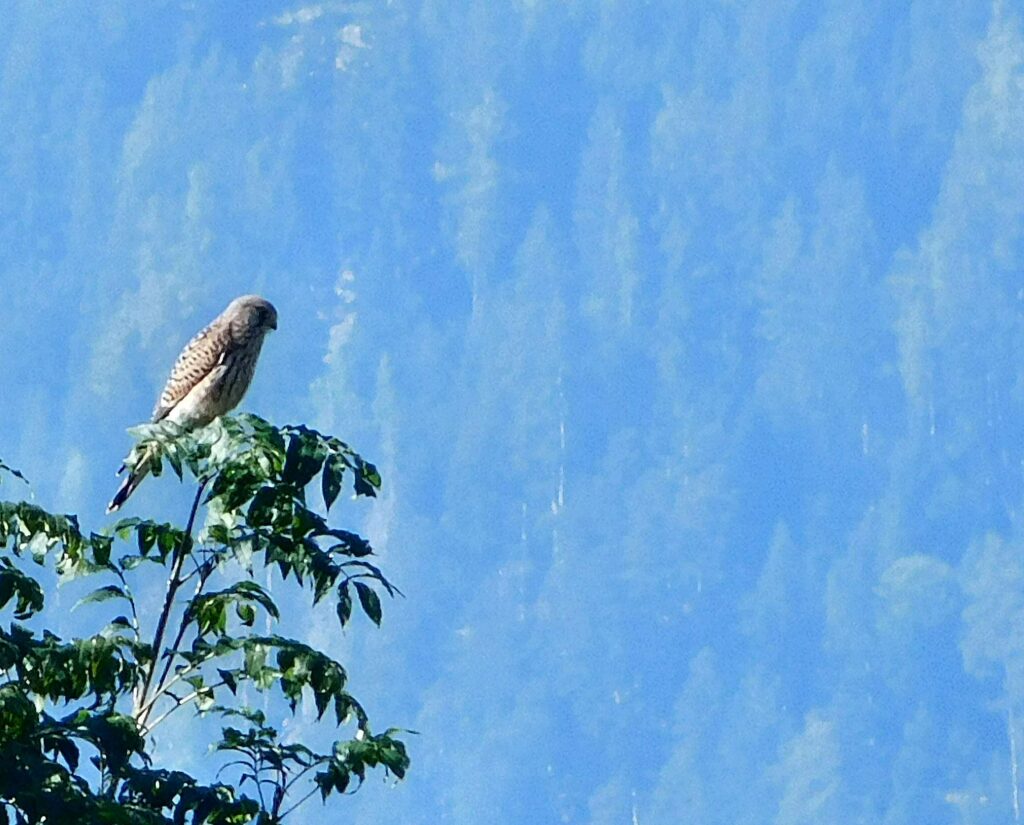

























I had the good fortune to get down to West Wiltshire in hot if sometimes humid summer weather.
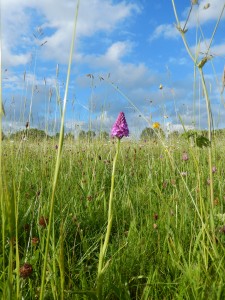
It was a pleasure to find the Pyramidal Orchid in a flowery meadow near a town: despite the dog-walkers, the increasingly uncommon flowers were clearly spreading from a small patch across the meadow, which is mown annually.
Less pleasantly, there were next to no insects pollinating the flowers: we saw one Small Tortoiseshell, a fly or two, and one (white/buff-tailed) bumblebee. It was a stark contrast to the masses of bees and beetles I’ve seen on the reserve in London. Of course, in London there is now very little use of pesticides, and basically none on an industrial scale.
This year (2014) does seem to be particularly poor for butterflies. It was an extremely warm winter and a very wet and windy spring, so I wonder if the result has not been a bad spring for insect pests … and perhaps, whether England’s farmers have not sprayed insecticide especially heavily? It’s a question that could clearly be answered by someone. If the answer is yes, then our ‘useful insects’ have suffered very heavily as a consequence.
The next day we went to Cley Hill, a western outlier of the Salisbury Plain chalk downs, sticking up above the plain below the chalk escarpment.
In the short grass, full of lovely flowers – Sainfoin, Milkwort, Horseshoe Vetch – were Bee Orchids, and happily both bumblebees in this special place protected by the National Trust and Burnet Moths – mostly Five-Spot Burnet, with some Transparent Burnet too, quite a treat.
On the top of the hill, above the Iron Age earthworks, we came across a group of about five Wall Brown butterflies, all very tatty and worn: perhaps they had been blown across the Channel from France on the warm southerly wind that is accompanying this anticyclone (centred to the east). Nearby were a few Brown Argus, small butterflies in the Blue family: not uncommon in France, far from common in England. Their coloration may seem odd for the Blue family, but females of quite a few species are brown, contrasting with their bright blue males, so the genes for ‘brown’ are clearly available: perhaps it takes just one or a few genetic switches to turn on brownness in both sexes rather than in just one.
In several places on the hill, often on bare chalk paths or short grass, we saw the glowing blue and purplish blue of Adonis Blue butterflies, with their chequered wing borders. So we saw some rather special butterflies, though with the definite feeling that they are only just hanging on in the area.
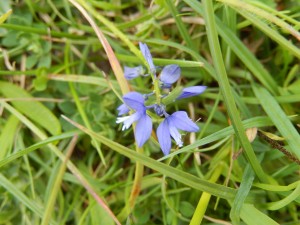
The hill is also host to Chalk Fragrant Orchid, Pyramidal Orchid, Spotted Orchid and more: it was lovely to see them all, though we were moved on swiftly by an anxious pair of Skylarks circling rather low overhead, trying to get back down to their nest, clearly not far from where we were sitting. All around in the thorn bushes were Tree Pipits, singing away, with some twittering Goldfinches and one Yellowhammer, my first of the year: yet another species that was once commonplace in every hedge.